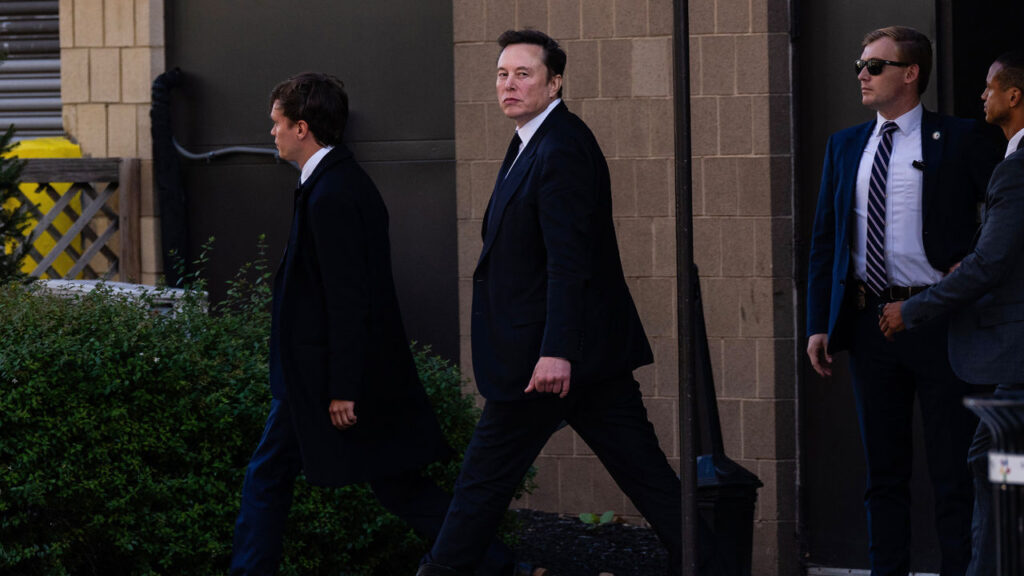On November 14th, two prominent figures in the modern tech and political landscape, Elon Musk and Vivek Ramaswamy, expressed their ambition to reform the American government through the innovative yet controversial Department of Government Efficiency, commonly referred to as DOGE. This newly created initiative aims to recruit “super-high-IQ small-government revolutionaries” to drive efforts towards cost-cutting within government operations. The underlying premise is that inefficiency in government spending needs urgent addressing, but the boldness of this proposal raises multiple concerns.
Elon Musk, well-known for his work with companies like SpaceX and Tesla, has indicated a startling intention to trim a staggering $2 trillion from the federal budget. Such an extensive cut, if implemented rapidly, could undermine public services and cripple the government’s ability to fulfill its basic functions. Critics argue that the repercussions of such an austerity measure would not just be limited to governmental inefficiency but could also thrust the economy into a state of recession. The fundamental question arises: can American governance sustain itself through severe budget cuts without compromising essential services that citizens rely on?
On the other hand, Vivek Ramaswamy, an entrepreneur and political figure, aligns himself with Musk’s vision, advocating for limited government intervention and stressing the importance of fiscal responsibility. However, the ambitious timeline set forth by Donald Trump—fewer than two years for DOGE to lay down significant reforms—adds additional pressure. The entity’s relatively small size as an advisory body rather than an actual operational department underscores the challenges it may face in orchestrating such profound changes in a limited timeframe.
The limitations extend beyond merely staffing and operational capacities. The choice of name—DOGE, borrowing from a meme-inspired cryptocurrency—injects a layer of skepticism into the seriousness of the initiative. It raises concerns about the credibility of a project that draws inspiration from internet culture while tackling profound national issues.
Furthermore, the concept of hiring “super-high-IQ small-government revolutionaries” elicits questions regarding the criteria and qualifications that define such individuals. The hiring process speaks to a potentially narrow pool of candidates who may lack the diverse perspectives necessary to understand the multifaceted nature of public service. Moreover, such an approach could lead to an ideological echo chamber, where radical fiscal conservatism overshadows pragmatism and comprehensive problem-solving.
Public reception of DOGE remains to be seen; however, there is a blend of skepticism and curiosity surrounding its feasibility and implications. The project’s premise taps into a broader discontent with government spending and a thirst for reform. Citizens who have experienced government inefficiencies might find the initiative appealing at a surface level. However, deeper reflections on the viability of cutting vast sums suggest that merely slashing budgets does not equate to efficient governance.
In conclusion, the endeavor by Musk and Ramaswamy to implement dramatic cuts within the American government through DOGE opens a wide array of discussions. From economic implications to the practicality of reforms and the nature of governance in a complex society, the project encapsulates the intersection of technology, politics, and public administration. While inciting interest and engagement from various stakeholders, it is crucial to evaluate meticulously the potential consequences and assess whether a mere pursuit of efficiency can withstand the crucial needs of a democratic society. The future of DOGE may redefine not just governmental efficiency but the overarching philosophy of how the American government operates within its economic framework.



